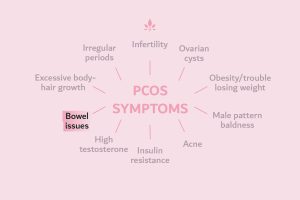What is Reye’s Syndrome?

Reye’s syndrome is a rare but serious disorder that can result in the death of a child if it’s not recognized and treated early. Though the exact cause is unknown, Reye’s syndrome often occurs in children and teens who have taken aspirin to help alleviate symptoms from viral infections, including chickenpox, colds, and the flu.
The symptoms associated with Reye’s syndrome (also sometimes called Reye syndrome) often come on quickly and can affect the brain and liver. Parents should look for behavior changes, such as confusion, agitation, and delirium. Other common symptoms include frequent vomiting, sleepiness or lack of energy, diarrhea, and rapid breathing. Some kids experience changes in vision, hearing, or speech. Any of these symptoms—especially if a child or teen is recovering from another illness and has taken aspirin or an aspirin-containing product—should be treated as a medical emergency.
Some cases of Reye’s syndrome are mild, but when it’s severe, children can suffer long-term complications, enter into a coma, or even die.
Reye’s syndrome is rare. The Centers for Disease Control and Prevention (CDC) reports there have been fewer than 37 cases a year since 1987.
One way to reduce the risk of Reye’s syndrome in children is to avoid the use of aspirin (a salicylate compound) for treating fever or other symptoms of a viral illness. But be careful—not all medicines containing aspirin list it as an ingredient. Other names for aspirin include acetylsalicylate, acetylsalicylic acid, salicylic acid, or salicylate.
Children who are required to take aspirin to treat rheumatoid arthritis, Kawasaki disease, or other disorders should be vaccinated against influenza and chickenpox as a precaution.
It is possible that children who succumb to Reye’s syndrome have a previously undiagnosed inherited fatty acid oxidation disorder and should be evaluated for those. In other cases, Reye’s syndrome might be an underlying condition that is unveiled by viral illnesses. Some believe exposure to toxins, such as insecticides or paint thinner, might also contribute to the syndrome.
Children who have any of the severe symptoms associated with Reye’s syndrome need to be hospitalized. While there is no cure, healthcare providers can reduce the risk of death or disability with treatment. With early diagnosis and treatment, the survival rate from Reye’s syndrome is about 80 percent.
Sources:
- National Reye’s Syndrome Foundation.
Centers For Disease Control And Prevention. CDC Study Shows Sharp Decline in Reye’s Syndrome among U.S - Children.
Kids Health. Reye Syndrome.
National Institute of Neurological Disorders and Stroke. NINDS Reye’s Syndrome.
Powered by Bundoo®










